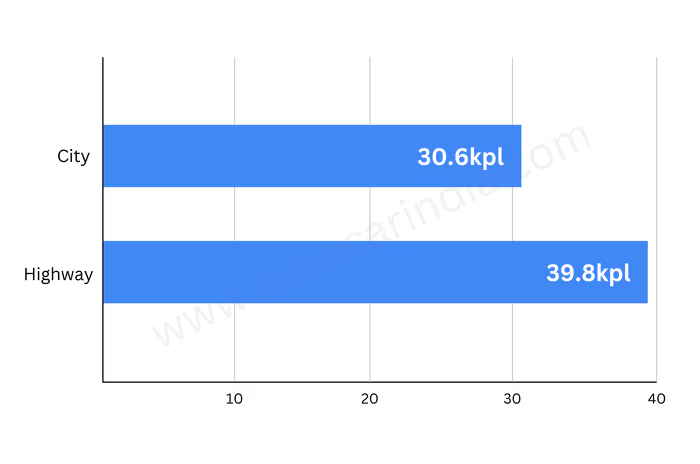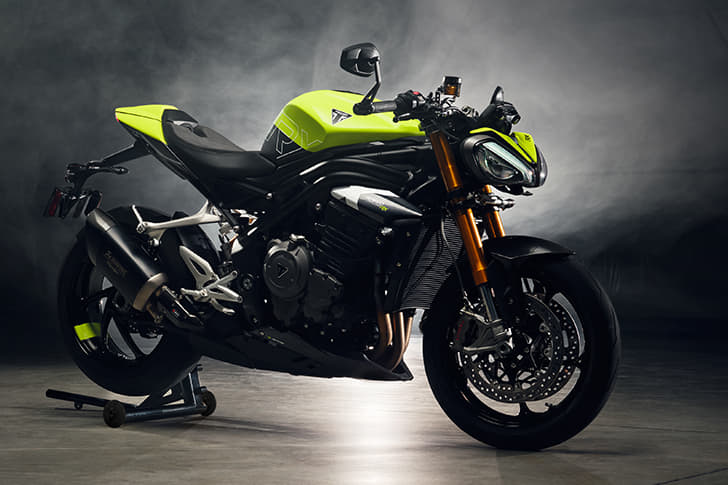The Hunter 350 has opened the doors to owning a Royal Enfield for many riders who previously wouldn’t have thought of owning a machine from that brand. Recently the Hunter 350 was updated and while it has multiple changes that you can read about in our review, the engine remains the same as before. Here’s a look at the Hunter 350 mileage numbers from when we road tested the bike
Royal Enfield Hunter 350 real-world fuel efficiency
Hunter managed 30.6kpl in the city, 39.8kpl out on the highway
As is our pattern, we began by running the Hunter on the highway for a little over 50km, after which the bike needed 1.30 litres of fuel to brim its tank again. Therefore, we arrived at a highway fuel economy number of 39.8kpl for the Hunter.
Once that was done, we ran the Hunter inside the traffic-riddled confines of Mumbai for just over 50km, after which topping up the fuel tank necessitated the addition of 1.70 litres. Thereby, we achieved a city fuel efficiency figure of 30.6kpl.
Royal Enfield Hunter 350 fuel economy analysis
Hunter’s lighter kerb weight aids fuel efficiency
The Royal Enfield Hunter is powered by the same 349cc engine as the Classic, Meteor and Bullet and there are no changes to gearing, although its throttle map is different to suit its demeanour. Out on the highway, the Hunter’s lower weight meant that the engine didn’t have to work as hard as it would have to on the other 350s to maintain the same speed, thereby consuming less fuel.

Inside the city, the same advantage would have been applicable but unfortunately, our route was experiencing more dense traffic than usual which hurt the Hunter’s city economy. This number would have surely been higher if we didn’t encounter the traffic that we did.
Autocar India’s fuel-efficiency testing
Our fuel-efficiency testing routine starts by first brimming the tank and ensuring the bike is running the manufacturer’s recommended tyre pressures. The bike is then ridden on fixed city and highway routes, where we maintain average speeds that best mimic real-world scenarios as well as keeping speed limits in mind. The payload on the bikes is kept constant by balancing rider weights and ballast, ensuring consistency across different vehicles and riders. At the end of the test cycle, the fuel tank is once again filled to the brim, giving us an accurate figure of how much fuel has been consumed against the trip meter reading.



































